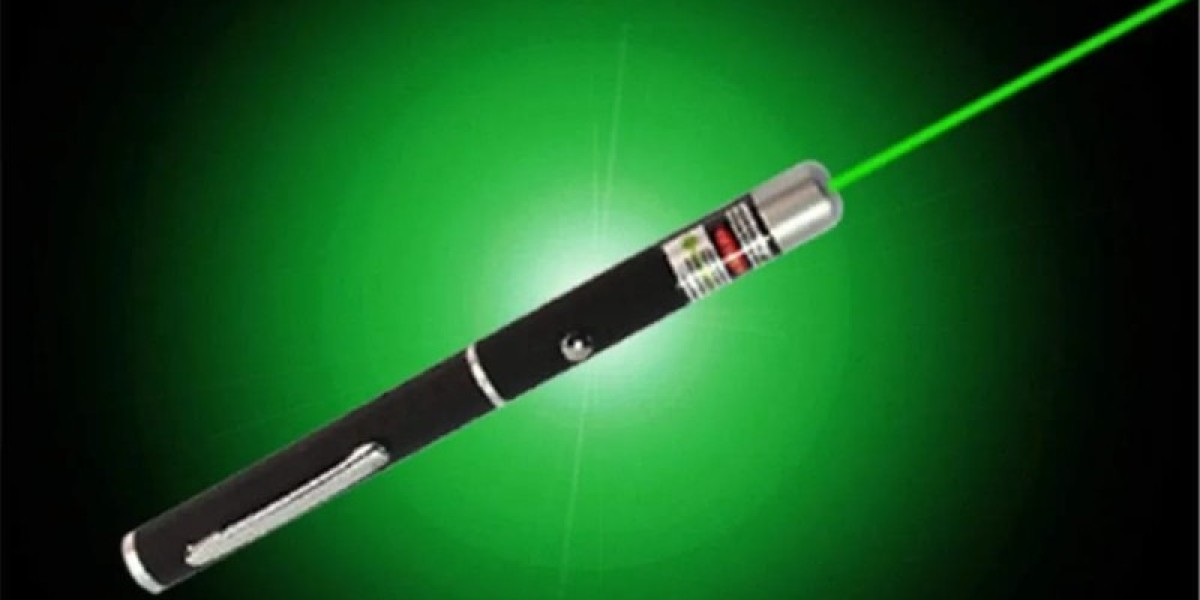A laser glass cutting machine is a specialized tool that uses focused laser beams to cut, score, or shape glass with high precision and minimal damage. This technology has revolutionized industries that rely on fine glasswork—such as electronics, automotive, architectural design, and decorative arts—by offering a cleaner, faster, and more accurate alternative to traditional glass cutting methods.
How Does a Laser Glass Cutting Machine Work?
Unlike traditional cutting tools that use physical blades or diamond wheels, laser glass cutting machines use a high-powered, focused laser beam—usually CO₂ or ultrashort-pulse lasers (like femtosecond lasers)—to heat a very precise line on the glass surface. The intense, localized heat causes controlled thermal expansion, which creates stress along the desired path. This thermal stress forms a micro-crack, and a cooling mechanism (often a jet of cold air or liquid) follows to deepen the crack and guide it through the material.
The result is a clean and smooth edge without the need for grinding or polishing. In some advanced models, the laser can even make curved or highly detailed cuts, which are impossible with traditional tools.
Key Benefits of Using a Laser Glass Cutting Machine
Precision and Accuracy
Laser machines can cut extremely intricate shapes and thin glass substrates with sub-millimeter accuracy, making them ideal for delicate applications like smartphone screens or micro-lenses.No Mechanical Contact
Because there are no physical blades, there’s no risk of scratching or chipping the glass. The non-contact nature also means less tool wear and longer machine life.Clean, Polished Edges
The laser cutting process leaves behind clean, smooth edges that require minimal post-processing, saving time and labor.Reduced Material Waste
The narrow laser path and high accuracy reduce breakage and waste, which is especially important when working with expensive or delicate glass types.Flexibility
Laser machines can be programmed to cut different shapes, curves, holes, or even engrave on glass in one setup.
Common Applications of Laser Glass Cutting Machines
Consumer Electronics: Cutting glass for smartphones, tablets, displays, and camera lenses.
Automotive Industry: Shaping glass for windshields, mirrors, and headlights.
Architecture and Interior Design: Creating custom windows, mirrors, and decorative glass panels.
Solar Industry: Cutting glass for photovoltaic panels and components.
Art and Craft: Producing etched or shaped glass artwork with detailed designs.
Choosing the Right Machine
When selecting a laser glass cutting machine, consider:
Laser Type: CO₂ lasers are common, but ultrafast (femtosecond) lasers offer higher precision for thin or sensitive glass.
Material Compatibility: Ensure the machine supports the type and thickness of glass you plan to cut.
Cooling System: A good machine should have effective thermal control to prevent cracking or breakage.
Software Features: Look for user-friendly software that allows customization and supports CAD designs.
Support and Service: Choose a supplier who offers training, technical support, and spare parts availability.
Final Thoughts
A laser glass cutting machine is a smart investment for businesses that require precise, efficient, and clean glass cutting. It offers unmatched control, reduces material loss, and enhances the quality of the final product. As demand grows for precision-cut glass in various industries, laser cutting is becoming the standard choice for professionals around the world.








